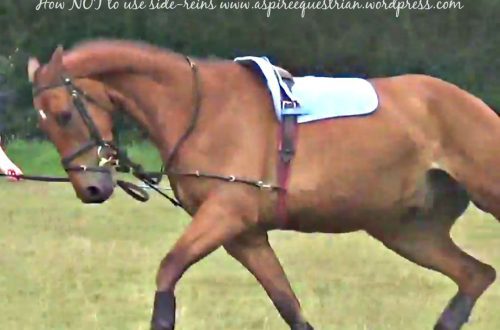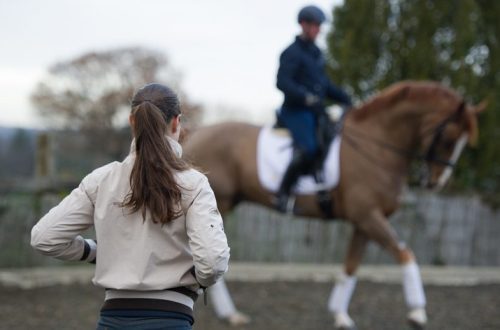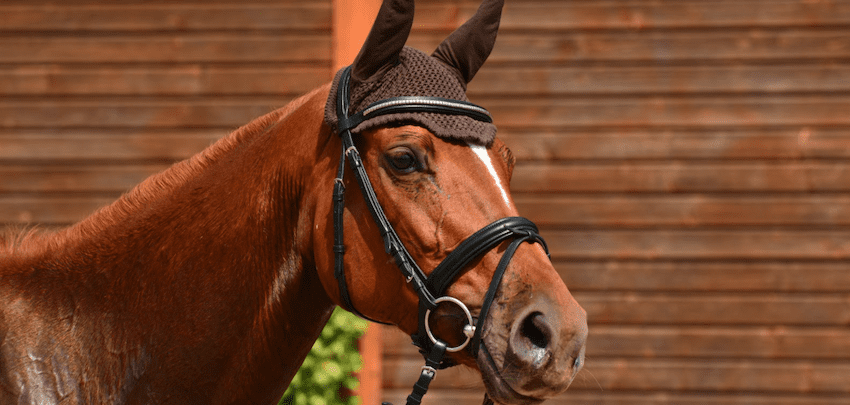
1000 and 1 bridle: how to choose the right one to make your horse happy
The modern equestrian market is rich in types and forms of the most diverse ammunition for horses. Due to the growth of specialists, the equestrian community began to increasingly promote the importance of the correct selection of not only saddles, but also girths, shock absorbers, auxiliary ammunition, and headbands.
It is about the latter that we will talk with the creator of the Equimarus headband brand, Marina Martynova.
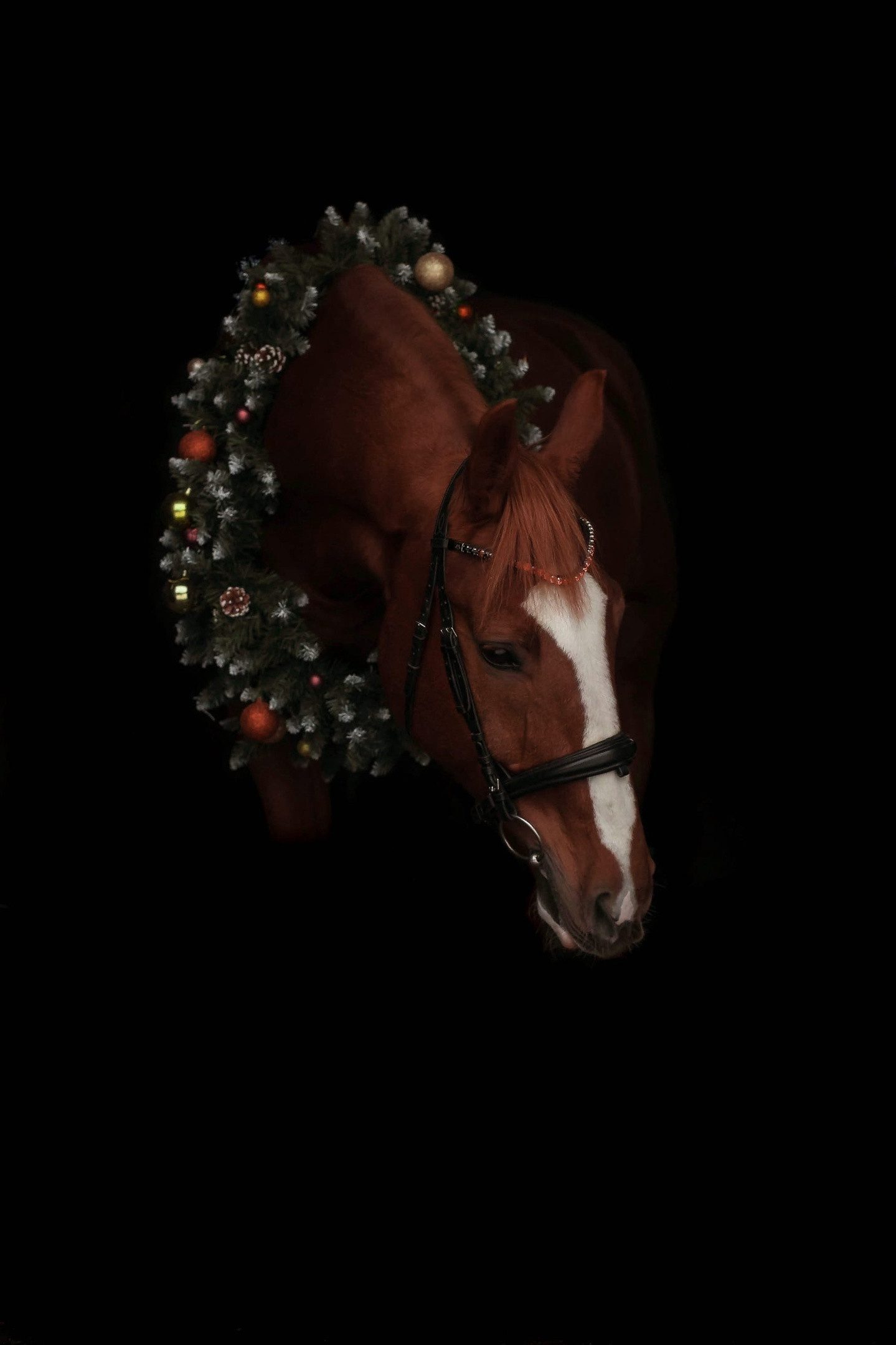
Photo: Anna Zubareva
headband is a multicomponent mechanism. Every part of it must be properly fitted to minimize discomfort to the horse. And even a forehead. To understand this thoroughly, let’s start with basic anatomy.
Anatomicallysky features of the horse’s head
The horse has a fairly massive skeleton, large muscles and a very thin, sensitive nervous system. It is so arranged by nature that 90% of the sense organs are located on the head.
“The horse is an animal sacrifice. She must always be on the lookout. Such crowding of systems in one place helps the horse to subtly feel the world around, but at the same time it requires precise coordination, fast processing of incoming signals and proper nutrition. This explains the presence of an extensive network of nerve and vascular bundles located in the head., says Marina.
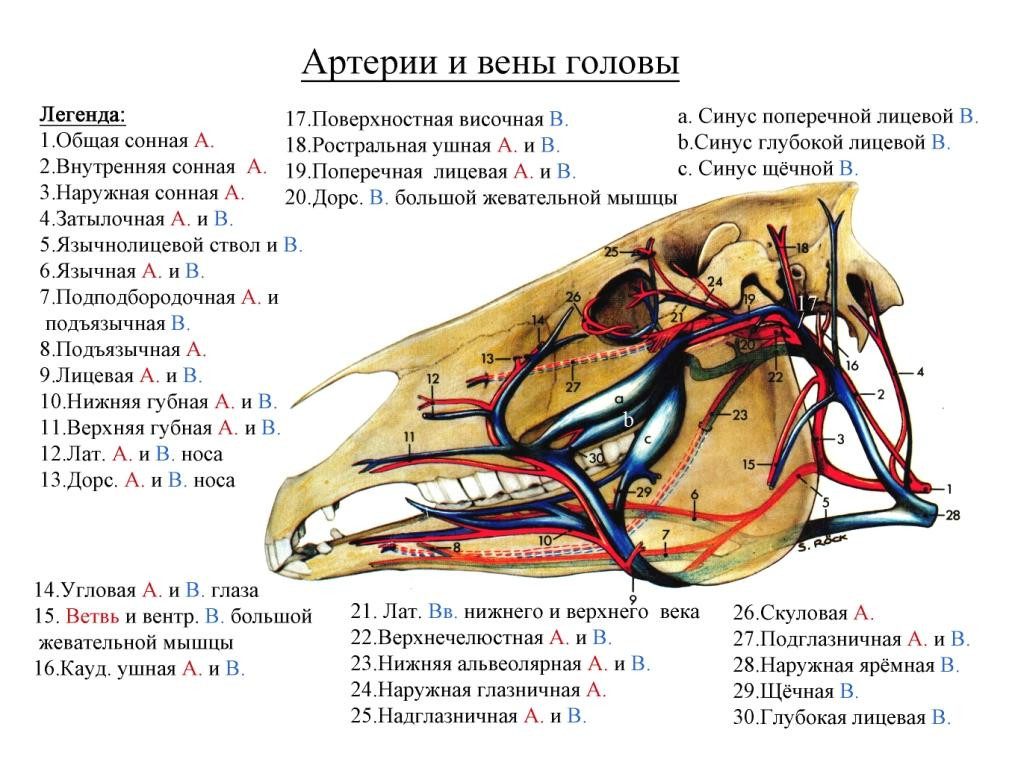
Illustration: animalzoom.ru
In this complex illustration, you only need to see common carotid artery (1) and external jugular vein (28). These vessels are of key importance. They circulate blood from the top of the neck to the head, and then branch into many other small vessels. Such an extensive system provides a large blood flow to the vital sense organs and helps them to function at their full potential.
The head also contains a large number of nerve endings. It is worth paying special attention to the beam under the number 17. It is in this place that the capsule usually lies. A very small, but no less important nerve numbered 33 often clamped with Czech, Mexican and figure-of-eight primers. A lot of nerve endings coming straight out of the head can bring a lot of discomfort to the horse if the occiput, head and cheek straps are not correctly selected.
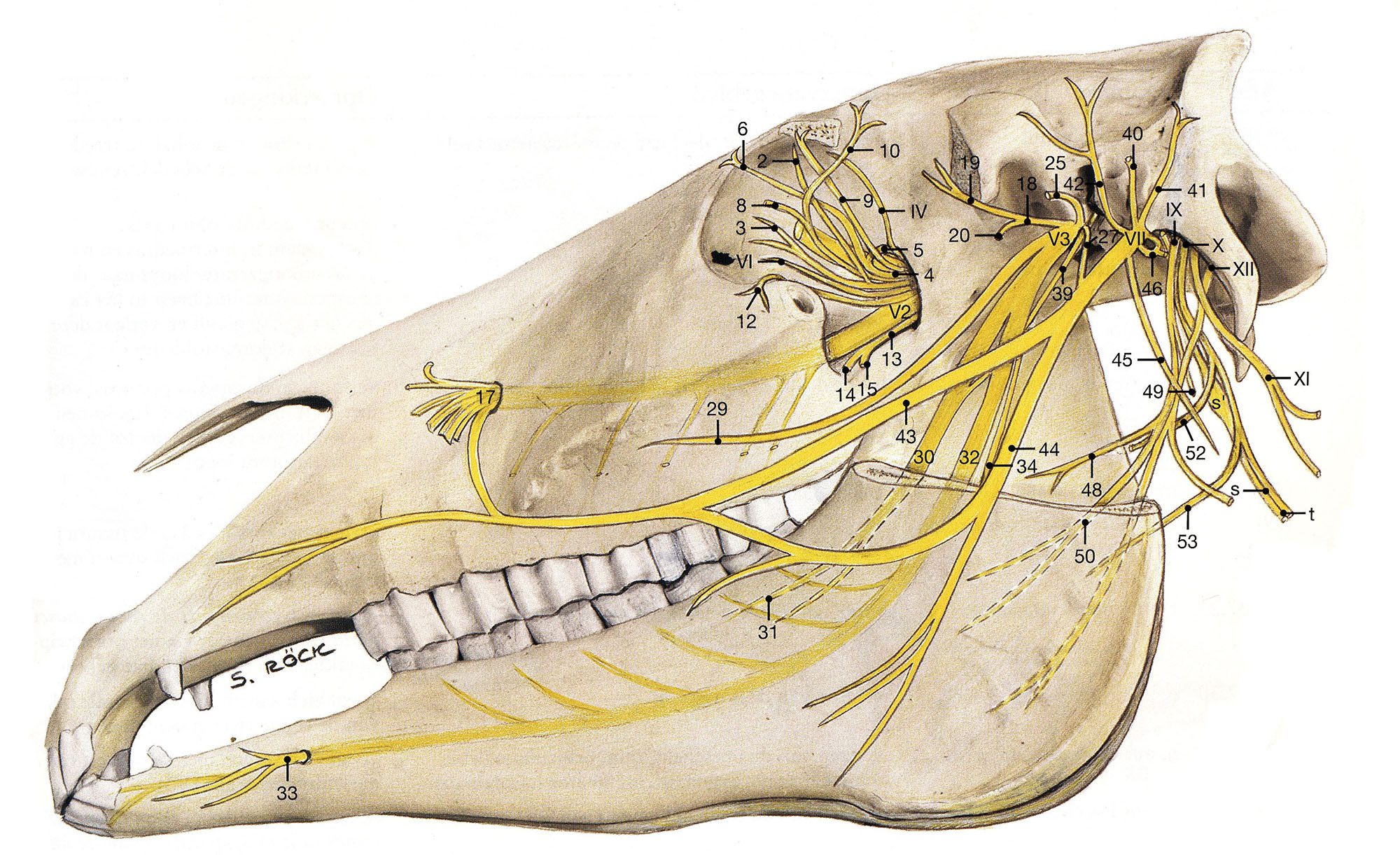
Illustration: joeyphilips.com
In addition to blood vessels and nerve endings, a large number of muscles are also present on the horse’s head. Any incorrectly selected strap can pinch or pinch. What can this lead to?
First of all, to problems with the temporomandibular joint (TMJ).
The temporomandibular joint of the horse (TMJ) plays a large role not only in the horse’s body (chewing), but also in interaction with the rider. The osseous components of the VCNS are the temporal bones of the skull and mandible. The parts are connected by two joints, which directly affect the correct soft contact and control through the snaffle. If your joint hurts, you may have trouble chewing your food, leading to improper digestion, poor absorption, gastrointestinal problems, and even colic. Painful TMJ can also lead to dental problems.
Second, there may be management problems associated with either TMJ or general discomfort. As a result, resistance, disobedience, unwillingness to “pass” and “touch” the occasion.
Thirdly, nervous tics. A horse that is constantly in pain may begin to show uncontrollable muscle spasms, which is a serious “wake-up call”.
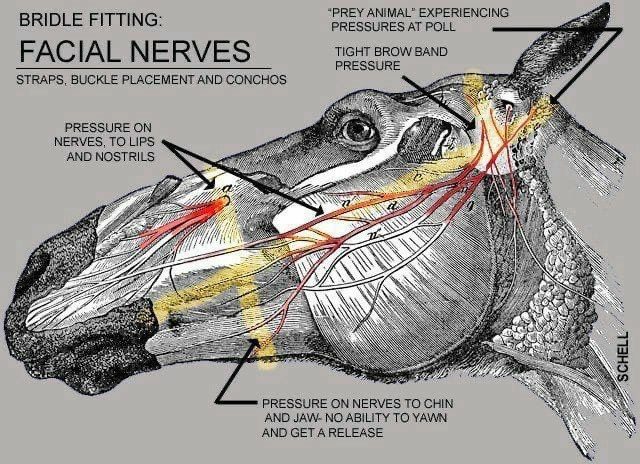
Illustration: from open sources
Perhaps now you have the impression that apart from a biothane snaffle, you can’t put anything on a horse. Although everything is not so clean with biotan …
The main thing to keep in mind – individual characteristics of a particular horse or breed. For example, the size of the ears, the back of the head and the whole head.
How to choose the right bridle or headband
Of course, given the similarity of anatomical structures, there are standard rules for fitting a headband.
“At least 2 fingers must pass freely between the horse’s head and each bridle strap.
- Forehead – 2 fingers;
- Occipital – 2 fingers;
- Cheek – palm along the cheek;
- Capsule – 2 fingers;
- Chin – palm edge.
If the headband is tightened more, this can lead to compression of the arteries and veins, atrophy of the skin, muscles and nerves, ” – says Marina.
With the help of simple rules, you can definitely minimize the risks of discomfort for the horse, but, nevertheless, do not forget about individual characteristics.
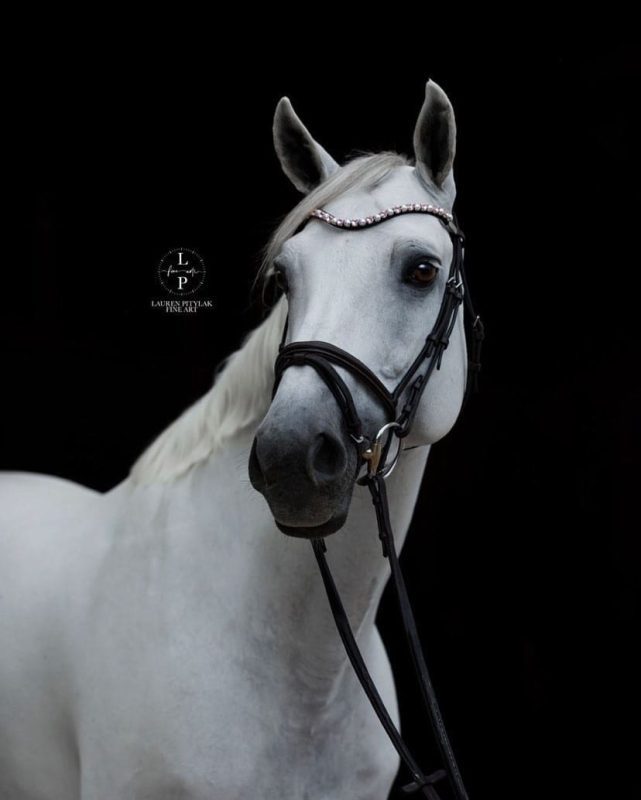
Photo: Lauren Pitylak
In the bridle, almost all belts are regulated, except for the occipital and forehead. This is where the problem lies. The size of the eyes and ears, their location, the width of the forehead – these are the points that are usually not paid attention to.
“We can’t adjust the size of the neck and head straps. But the size of the eyes, the width of the forehead, the location of the ears of each horse are individual. It’s like saying that any size 38 shoe will fit perfectly. But we all know how hard it is to find really comfortable boots., – complements Marina.
Horse owners increasingly prefer anatomical neck straps with complex shapes, cutouts for the ears. But here it is important to pay attention to whether the length of the nape strap is suitable for your horse, as the ear cutouts can be moved closer to the center, and the strap itself will constantly “cut” into the ears.
Cheek straps should not “climb” over the eyes, and the capsule should not lie on the nerve bundles.
The most interesting part of the ammunition is the forehead. Who would have thought that the decoration element (to a greater extent) would also need the right selection.
On the equestrian ammunition market, headbands come in a variety of forms. Question: forms – is it an aesthetic decision or is it an anatomical one?
Marina Martynova answered this question in detail:
“The first thing we did when developing our first browbands was to separate sizes according to the width of the head. Our range includes Q, U and V anatomical browbands, and we will soon be introducing Di to fit a variety of horse heads.”
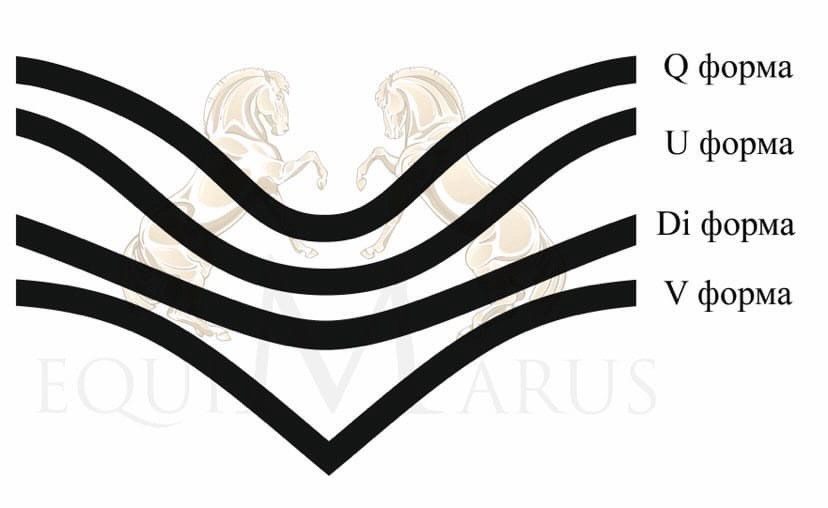
Illustration: Equimarus
“V-shape works well for horses with large eyes and a very narrow forehead. The Q-shape is a versatile option. This shape is suitable for any eye and for a medium forehead, as it has a rather large cutout under the eye. U-shape option for broad-browed horses. But the cutout under the eye also makes this shape more versatile. Di-form will be introduced for absolutely all horses. This is a straight forehead with a slight curve, a classic option for any anatomical shape.
Whatever form you choose, very it is important to get the right size.
“There is a good way to determine the size of a head strap. You need to remove the browband from the headband so that it does not visually interfere with you, and put the headband back on the horse. Pay attention to the fact that the occipital strap lies correctly. Next, we find the temporal fossa and measure the distance between them, – says Marina.
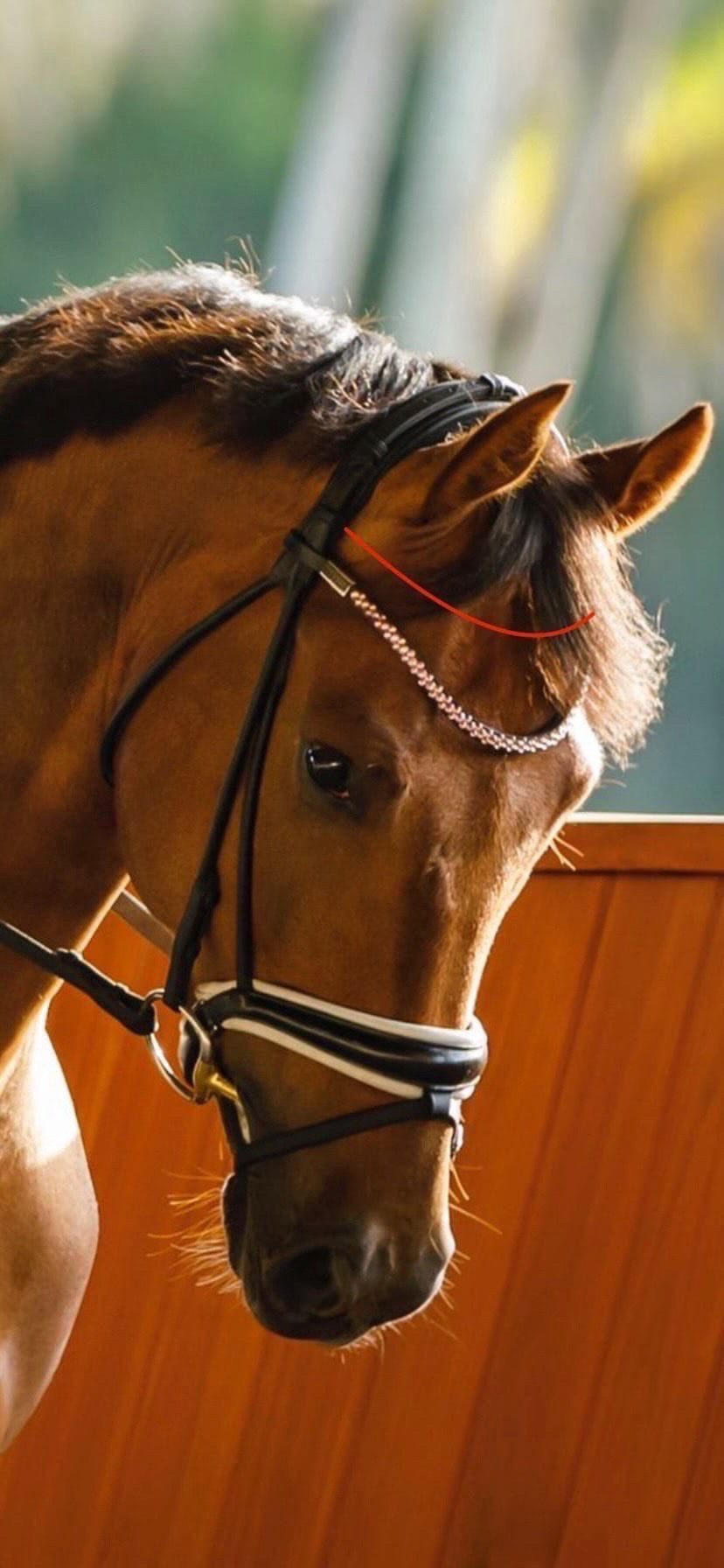
Photo: Equimarus
“There are times when a bridle or bridle is perfect for a horse, but the headband is too small. This is critical because the small browband will pull the occipital strap behind it, which will put pressure on the horse’s ears. Understanding that the head strap is small is quite simple – 2 fingers do not pass freely under it. When the browband, on the contrary, is large, it will dangle a lot on the horse. This is not so scary, but nevertheless, during work, it can cause discomfort to the horse.”
The selection of ammunition is a rather complicated area, in which there are specialists. But nevertheless, every rider should know the basic principles of selection and some nuances in order to make the life of his horse better. Many problems with resistance are actually solved by eliminating some mere little thing that has only to be discovered.
Lyubov Romanova, a member of the guild of equestrian masseurs of Russia, helped us with the anatomy of a horse.



